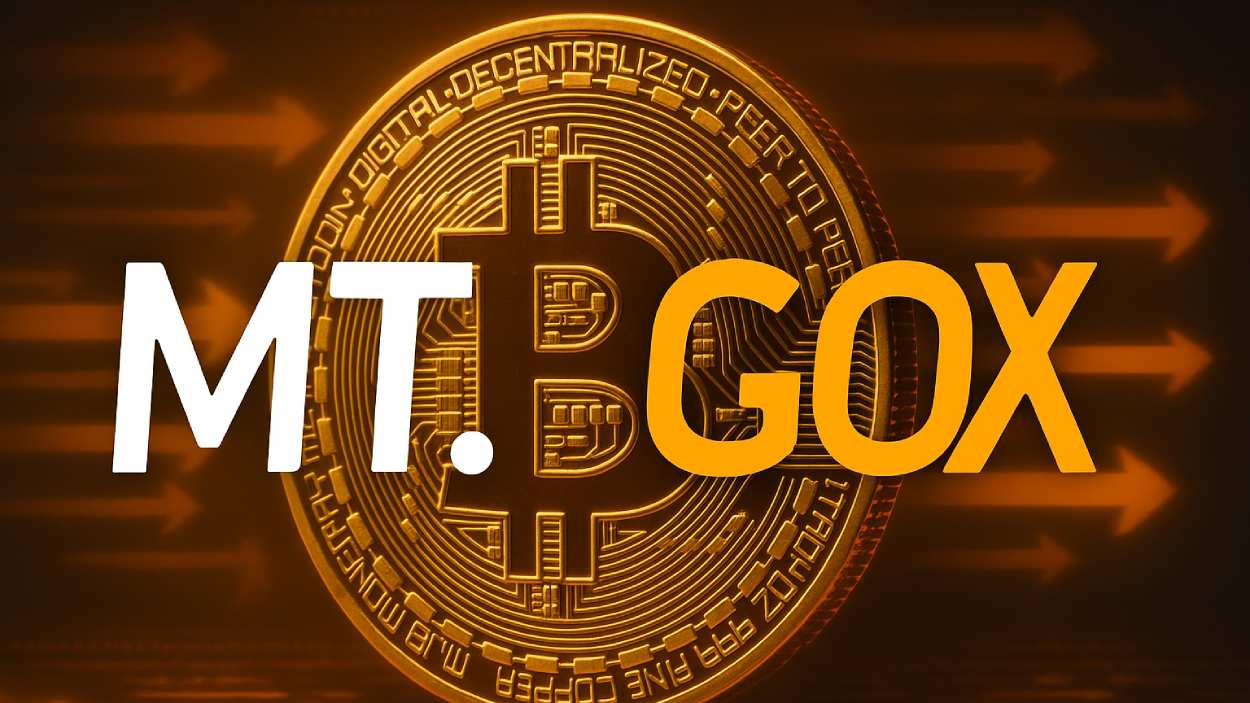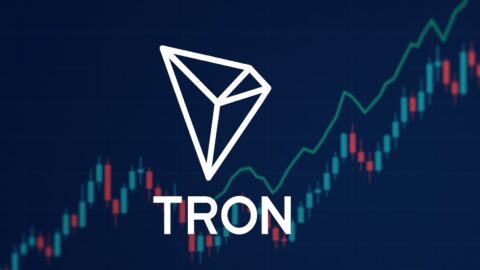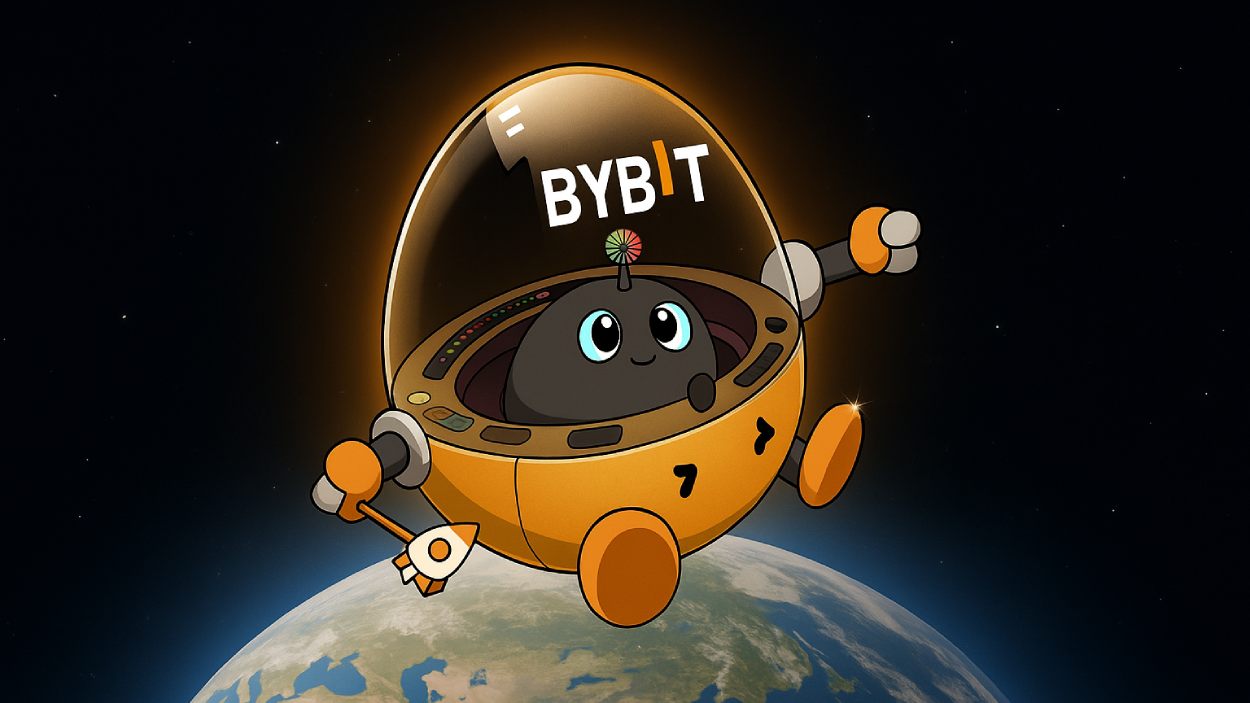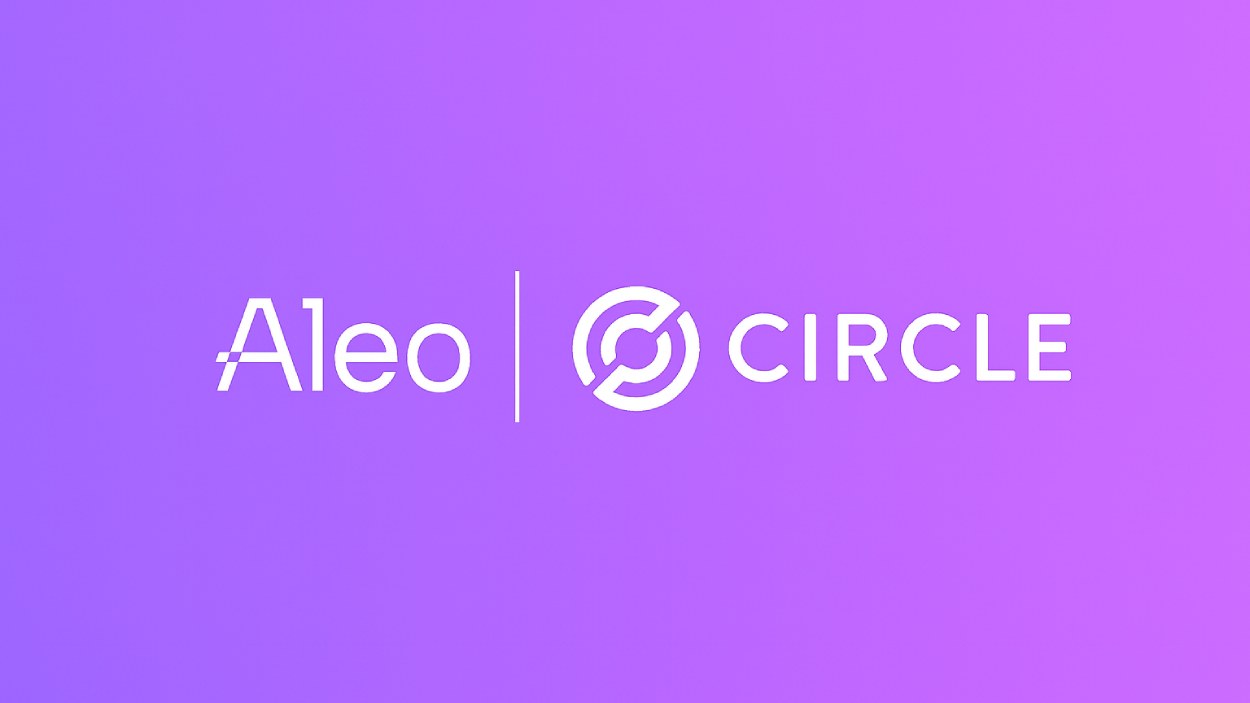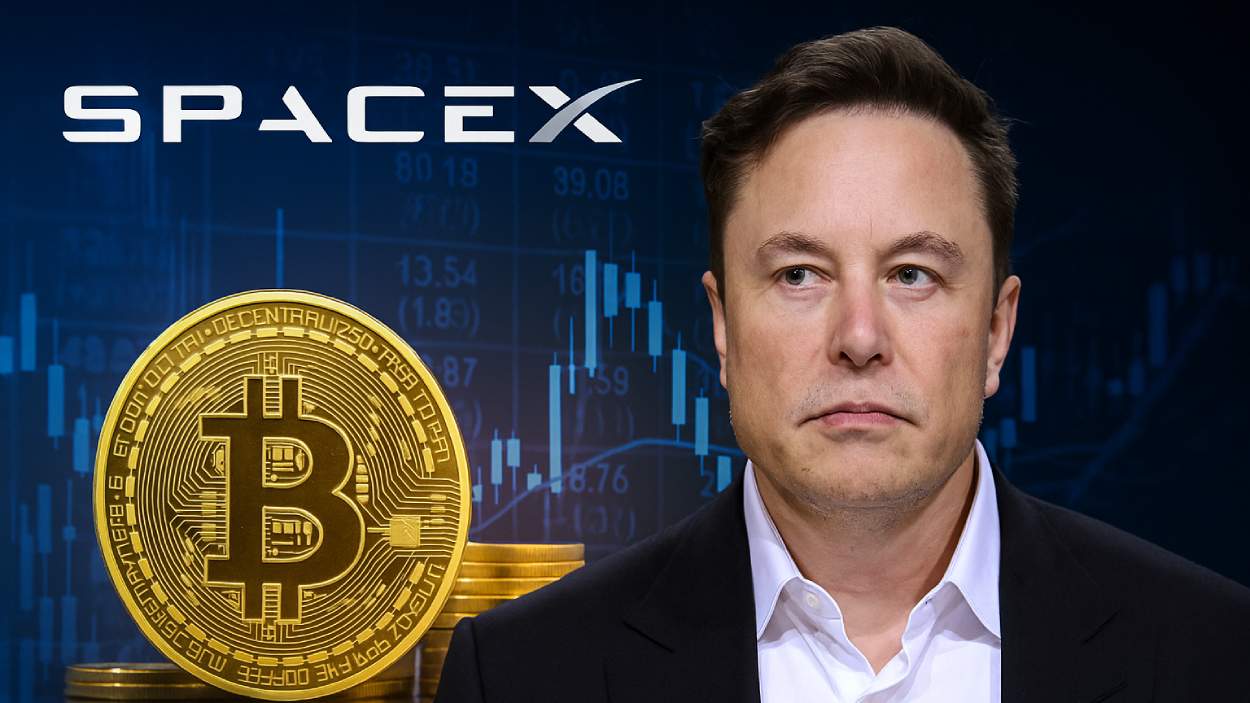After months of silence, Mt. Gox, the long-defunct crypto exchange, has moved over $956 million in Bitcoin, sparking fresh speculation and market anxiety.
Key Takeaways
- Mt. Gox transferred 10,608 BTC (about $956 million) to two wallets, including one unmarked address.
- First major activity in 8 months, likely tied to preparations for creditor repayments.
- The exchange still holds 34,689 BTC valued at over $3.1 billion.
- Creditor repayment deadline has been extended to October 2026, giving more time for asset distribution.
What Happened?
Mt. Gox, the bankrupt Japanese cryptocurrency exchange, moved 10,608 Bitcoins late Monday night. Blockchain data shows that 10,422 BTC went to an unknown wallet, while 185.5 BTC was transferred to a Mt. Gox-controlled hot wallet. The move was recorded in Bitcoin block #924105.
The activity, reported by Arkham Intelligence, is believed to be part of Mt. Gox’s creditor repayment process that resumed earlier this year. While this isn’t the first such transaction, it is the largest movement since March, reigniting concerns about potential selling pressure on the market.
After 8 months of inactivity, Mt. Gox just transferred 10,423 $BTC($936M) to a new wallet.https://t.co/wKkooF4WWR pic.twitter.com/FtMCnDXcm2
— Lookonchain (@lookonchain) November 18, 2025
Mt. Gox’s Wallet Activity Returns
The latest transfer broke an eight-month stretch of inactivity from Mt. Gox. The firm, which collapsed in 2014 after losing around 850,000 BTC to a hack, has since been navigating a long civil rehabilitation process.
- The transferred Bitcoin is part of the 142,000 BTC recovered by Mt. Gox, along with 143,000 Bitcoin Cash and 69 billion Japanese yen.
- Past wallet movements from the exchange have typically preceded creditor distributions.
Though the motive of this particular transfer hasn’t been officially confirmed, it is widely seen as a step toward repayments to thousands of creditors still awaiting their assets.
Market Concerns Rise
The massive Bitcoin move quickly caught the attention of traders and analysts, especially during a time of increased market volatility. Bitcoin prices dipped below $90,000 shortly after, though experts clarified that transfers don’t necessarily mean market selling.
One analyst on X (formerly Twitter) emphasized, “This is not market selling, just preparation. Real sell pressure only starts if coins move from the hot wallet to exchanges.”
Even so, large transfers like this are known to shake market sentiment. The risk lies not in the transfer itself, but in what might follow if those coins are liquidated on open markets.
Repayments Slow But Ongoing
Mt. Gox officially began repaying creditors in July 2024 through trusted platforms like Kraken and Bitstamp. However, the process remains sluggish. Last month, the court-appointed rehabilitation trustee Nobuaki Kobayashi extended the repayment deadline to October 31, 2026, citing unresolved administrative hurdles.
- Some creditors have already received partial payments.
- Others are still in limbo due to legal or verification delays.
- The extension was granted to allow repayments to be made “to the extent reasonably practicable.”
Despite the pace, the current movements suggest that Mt. Gox intends to continue fulfilling its obligations, albeit carefully and methodically.
CoinLaw’s Takeaway
In my experience watching Mt. Gox over the past decade, any wallet movement triggers a storm of speculation. But let’s be clear, this isn’t a sell-off. It’s a cautious and necessary step in a complex repayment process. The exchange is using a smart approach by slowly transferring Bitcoin from cold to hot wallets, ensuring funds remain secure while preparing for payouts. I found that understanding the why behind these transfers calms a lot of market nerves. Long-term holders and creditors should see this as progress, not panic.
Hover or focus to see the definition of the term.

